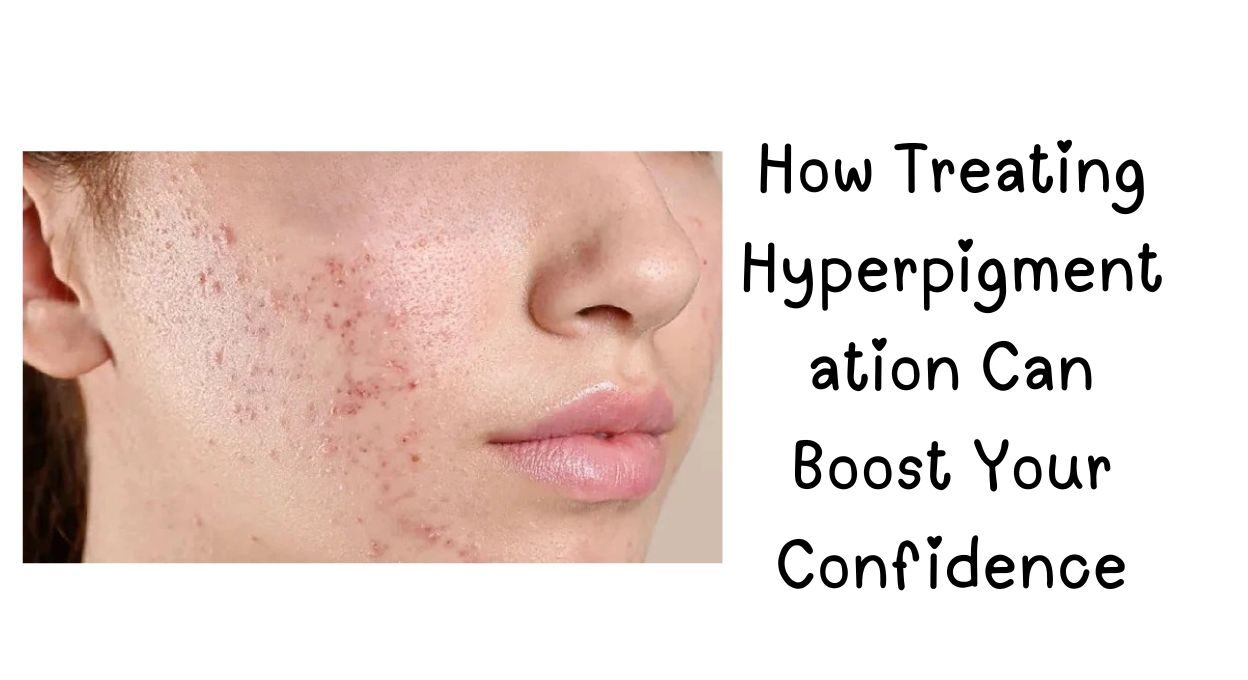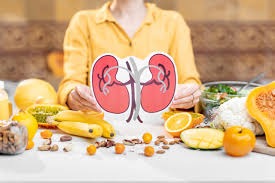Hyperpigmentation—those stubborn dark patches on your skin—affects millions worldwide, especially people with darker skin tones. Whether from sun damage, acne scars, or hormonal changes, these spots can be frustrating.
Good news: Dermatologists now have more effective treatments than ever to fade discoloration. Here’s your science-backed guide to banishing hyperpigmentation, from drugstore fixes to professional procedures.
Table of Contents
What Causes Hyperpigmentation?
Hyperpigmentation occurs when melanin (skin pigment) overproduces, leading to dark spots. Common triggers:
✅ Sun exposure (UV rays boost melanin)
✅ Acne scars & skin injuries (post-inflammatory hyperpigmentation)
✅ Hormonal changes (melasma, aka “pregnancy mask”)
✅ Aging (liver spots/sunspots)
✅ Medications (some birth control, antibiotics)
8 Doctor-Approved Ways to Remove Hyperpigmentation (Dark Spots) Fast
1. Protect Your Skin From the Sun (The #1 Rule)
The single most critical step in preventing and treating hyperpigmentation is consistent sun protection. UV rays trigger melanin production, which can make existing dark spots darker and cause new ones to form.
- Daily Sunscreen: Apply a broad-spectrum sunscreen with an SPF of 30 or higher every day, even on cloudy or cool days. Choose a formula that offers protection against both UVA and UVB rays.
- Avoid Peak Sun: The American Academy of Dermatology (AAD) recommends staying out of direct sun between 10 a.m. and 2 p.m. when the sun’s rays are at their strongest.
- Wear Protective Clothing: A wide-brimmed hat, sunglasses, and long sleeves can provide a physical barrier against the sun.
Expert Insight: “UV rays just send the pigment into overdrive, turning dark spots darker,” says Doris J. Day, MD, a clinical assistant professor of dermatology at NYU Medical School. “You must wear sunblock daily on exposed areas.”
2. Keep Your Skin Moist to Boost Cell Turnover
While your goal is to lighten dark spots, a good moisturizer is an essential part of the process. It helps to restore the skin’s lipid barrier, which supports the health of new skin cells as they rise to the surface.
Look for moisturizers that contain:
- Glycerin or Hyaluronic Acid: These ingredients hydrate the skin.
- Retinol: A vitamin A derivative that promotes cell turnover, helping to shed old, pigmented cells and reveal fresh, new skin underneath. This ingredient is particularly beneficial for evening out skin tone.
3. Explore OTC Whitening and Brightening Options
The sooner you start treating hyperpigmentation, the easier it is to fade. The pigment in dark spots can migrate deeper into the skin over time, making it more stubborn.
Look for skincare products with these proven ingredients:
- Azelaic and Glycolic Acids: These are chemical exfoliants that promote cell turnover and inhibit melanin production.
- Vitamin C: A powerful antioxidant that brightens the skin and protects it from future damage.
- Kojic Acid and Licorice Root: These work by inhibiting tyrosinase, an enzyme that’s essential for melanin formation.
- Tranexamic Acid: This ingredient is particularly effective for melasma and helps to reduce melanin production.
Important Warning: The AAD strongly advises against using liquid bleach on your skin. Stick to products manufactured in the United States, as some imported skin-lightening products can contain harmful ingredients like mercury and steroids.
4. Consider Prescription-Strength Treatments
If over-the-counter products aren’t delivering the results you want, a dermatologist can prescribe stronger, more effective options.
- Hydroquinone: Often considered the “gold standard” for fading dark spots, hydroquinone works by slowing down the production of melanin. It is a powerful ingredient available by prescription and should always be used under a doctor’s supervision.
- Tretinoin: This prescription-strength retinoid is a powerful derivative of vitamin A that accelerates cell turnover and can significantly improve hyperpigmentation.
- Triple Combination Creams: Dermatologists may prescribe a combination of hydroquinone, tretinoin, and a mild topical steroid for maximum effectiveness, particularly for stubborn conditions like melasma.
5. Ask Your Dermatologist About Professional Procedures
For more aggressive or stubborn cases of hyperpigmentation, a dermatologist can recommend in-office procedures.
| Procedure | How It Works | Best For | Considerations for Skin Tone |
| Chemical Peels | A chemical solution is applied to the skin, causing it to exfoliate and peel off. New, unblemished skin is revealed underneath. | Sun damage, melasma, and general discoloration. | Lighter-strength peels (like glycolic or salicylic acid) are safer for darker skin tones. Deeper peels carry a higher risk of post-inflammatory hyperpigmentation. |
| Microneedling | A device with tiny needles creates micro-injuries in the skin, stimulating collagen production and promoting cell renewal. | Post-inflammatory hyperpigmentation (PIH) and uneven texture. | A very safe option for all skin tones when performed by a professional. |
| Microdermabrasion | A device exfoliates the top layer of skin to gently promote cell turnover and remove pigmented cells. | Superficial dark spots and improving skin texture. | Generally safe for most skin tones, but proper technique is crucial to avoid irritation. |
| Laser Therapy & BBL | Lasers use targeted light to break up and destroy pigmented cells. Broadband light (BBL) therapy is a gentler light-based option. | Sunspots, age spots, and some types of melasma. | This is where a doctor’s expertise is most critical. Darker skin tones absorb more light, which can lead to burns or new hyperpigmentation if the wrong laser or settings are used. It is vital to see a specialist with experience in treating diverse skin tones. |
6. Avoid Picking and Scratching
It’s tempting to scratch an itchy bug bite or squeeze a blackhead, but this is a surefire way to cause post-inflammatory hyperpigmentation (PIH). Any injury to the skin, even a small one, can trigger an inflammatory response that leads to excess melanin production.
Expert Insight: “Scratching and picking at a spot will only increase the inflammation that’s responsible for skin discoloration,” says Jeanine Downie, MD, a dermatologist in Montclair, New Jersey.
7. Try a Natural Remedy: Aloe Vera
While most at-home remedies lack scientific backing, some research suggests that aloe vera may be beneficial. The active chemical, aloesin, has been shown to inhibit tyrosinase and melanogenesis—both pathways for pigment formation in the skin.
Important Note: Avoid using undiluted lemon juice on your skin. The psoralen found in citrus can cause a reaction called phytophotodermatitis, leading to severe hyperpigmentation, especially when exposed to the sun.
8. Eat a Balanced Diet
Skin health starts from the inside out. A nutrient-dense diet rich in vitamins and antioxidants can support your skin’s natural repair and renewal processes.
Foods to Be Mindful Of: Some foods with a high glycemic index (like white bread and sugary drinks) can rapidly raise blood sugar, potentially stimulating the cells that produce melanin. Excessive alcohol can also dehydrate the skin, making discoloration appear more pronounced.
Vitamins: Foods rich in vitamins A, B, C, and E, as well as minerals like zinc, calcium, and magnesium, are crucial for healthy skin.
Supplements: Some evidence suggests that supplements containing green tea, licorice, or mulberry extracts may help with skin brightening and inflammation.
FAQs About Hyperpigmentation Myths vs. Facts
❓ How long does it take to fade dark spots?
- Mild spots: 4-8 weeks with serums
- Stubborn melasma: 3-6 months (may need prescriptions)
❓ Can hyperpigmentation be permanent?
No! But older/deeper spots take longer to treat.
❓ Does lemon juice lighten skin?
No—it can cause burns & make spots darker!
❓ Best treatment for dark acne scars?
- Niacinamide + sunscreen (prevent)
- Microneedling + vitamin C (treat)
❓ Can I use hydroquinone forever?
No—cycle it (3 months on, 1 month off) to avoid side effects.



